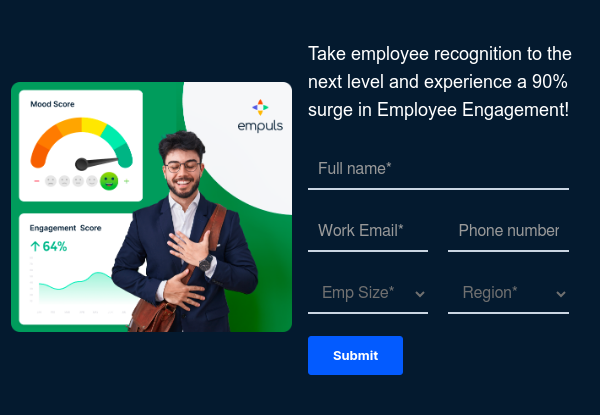How can organizations measure employee experience effectively?
Organizations can effectively measure employee experience by employing a variety of strategies and metrics that provide insights into employee satisfaction, engagement, and overall well-being. Here are some key methods:
1. Define relevant metrics: Establish specific metrics to evaluate employee experience, such as:
- Retention Rates: Indicates how many employees stay with the organization over time, reflecting overall satisfaction.
- Intent to Stay: Measures how many employees plan to remain with the company, providing insights into their commitment.
- Employee Net Promoter Score (eNPS): Assesses how likely employees are to recommend the organization to others, indicating their overall satisfaction.
- Employee Experience Index: A comprehensive score that considers various factors influencing the workplace atmosphere, such as engagement and job fulfillment.
2. Utilize surveys and polls: Regular employee engagement surveys and pulse polls can gather quantitative and qualitative data on employee feelings and experiences. Surveys can highlight areas of strength and opportunities for improvement.
3. Conduct interviews: Incorporate stay and exit interviews to gain deeper insights into employee experiences. These discussions can reveal underlying issues that surveys may not capture.
4. Monitor productivity metrics: Track productivity levels, such as performance ratings and project completion rates. High productivity often correlates with a positive employee experience.
5. Implement continuous listening: Adopt a continuous feedback approach to stay attuned to employee sentiments. This involves regularly checking in with employees through informal conversations or quick surveys.
6. Leverage technology: Utilize employee experience platforms that integrate data from various touchpoints, providing a unified view of employee sentiment and experience.
























